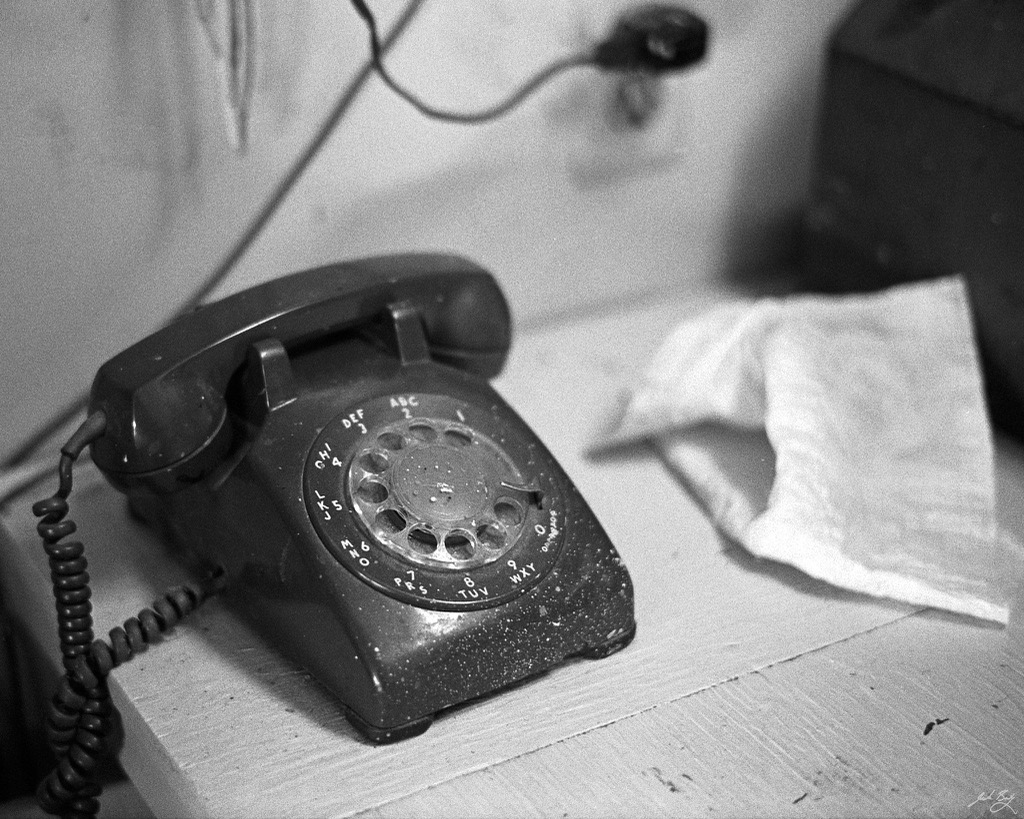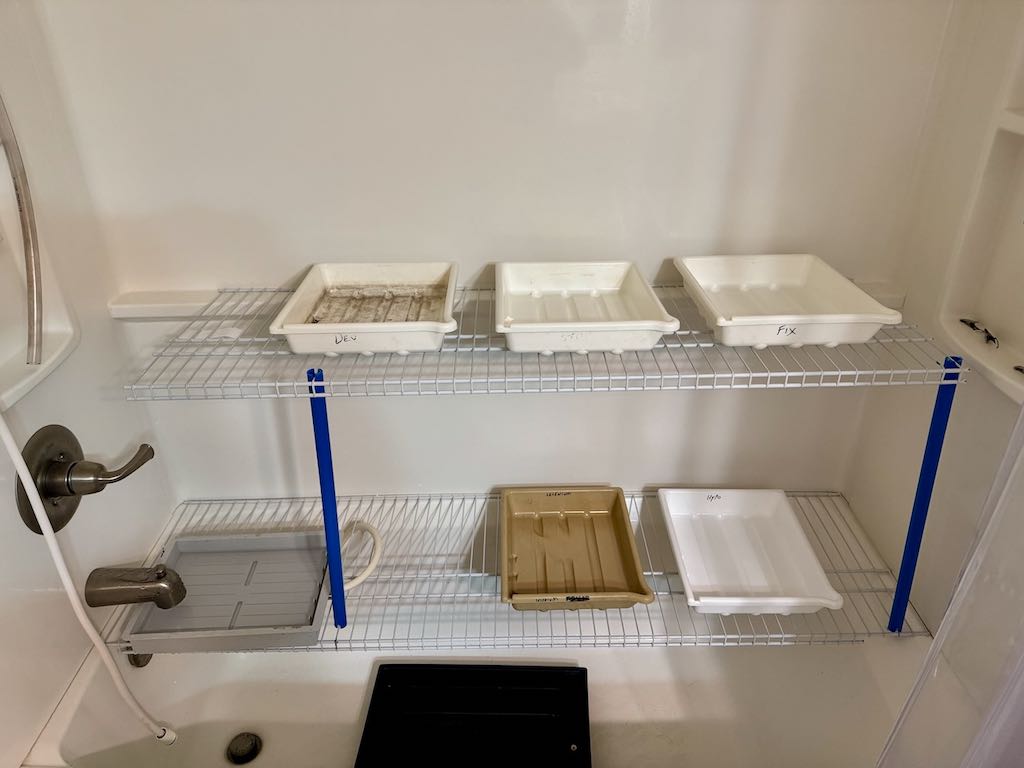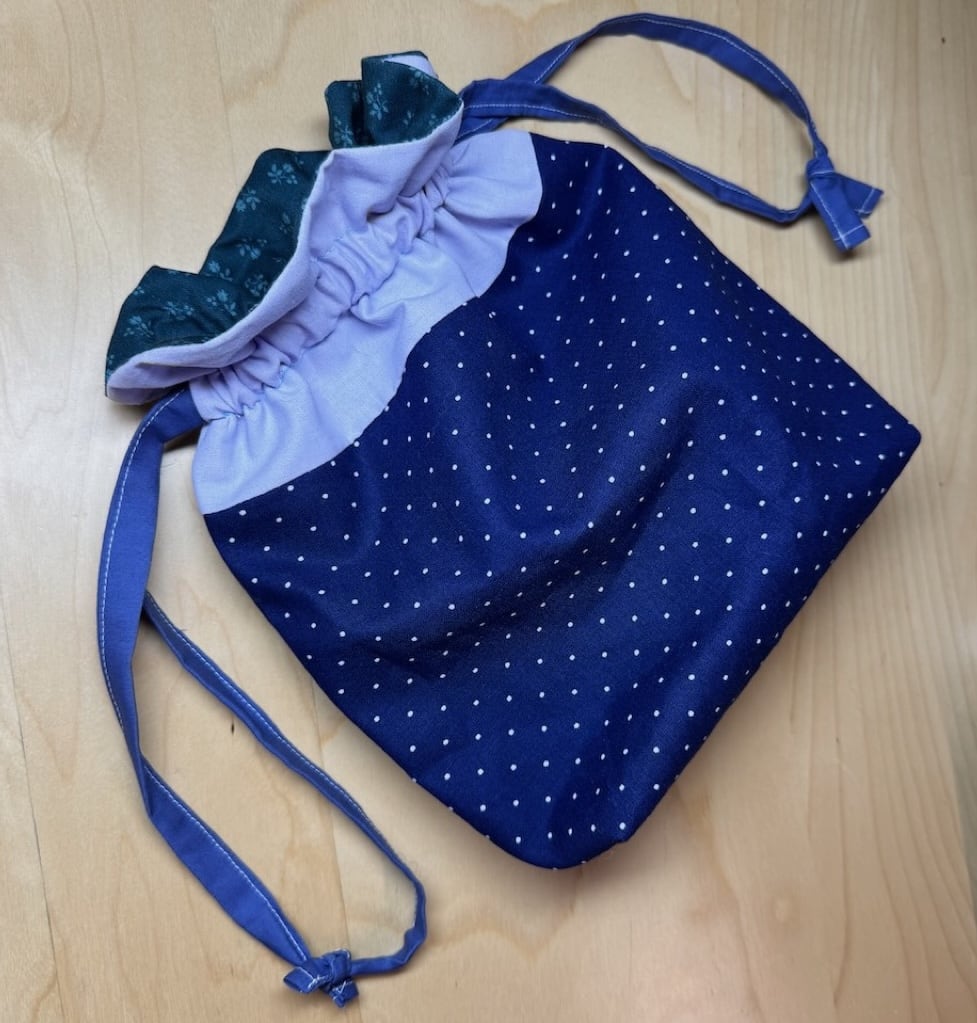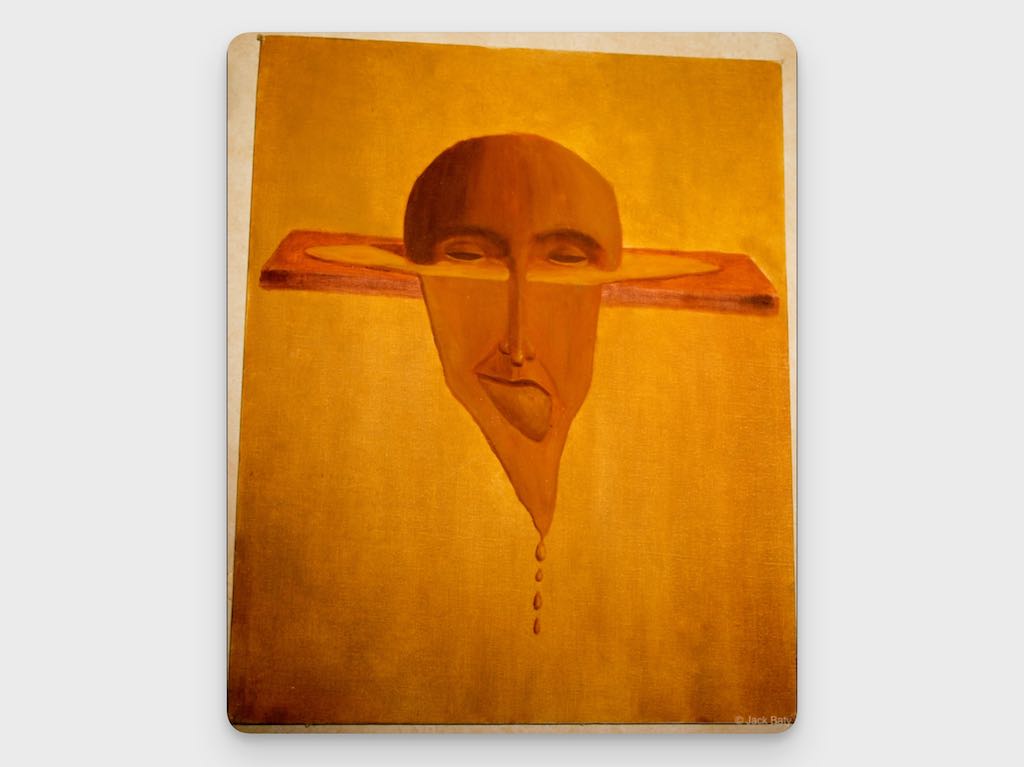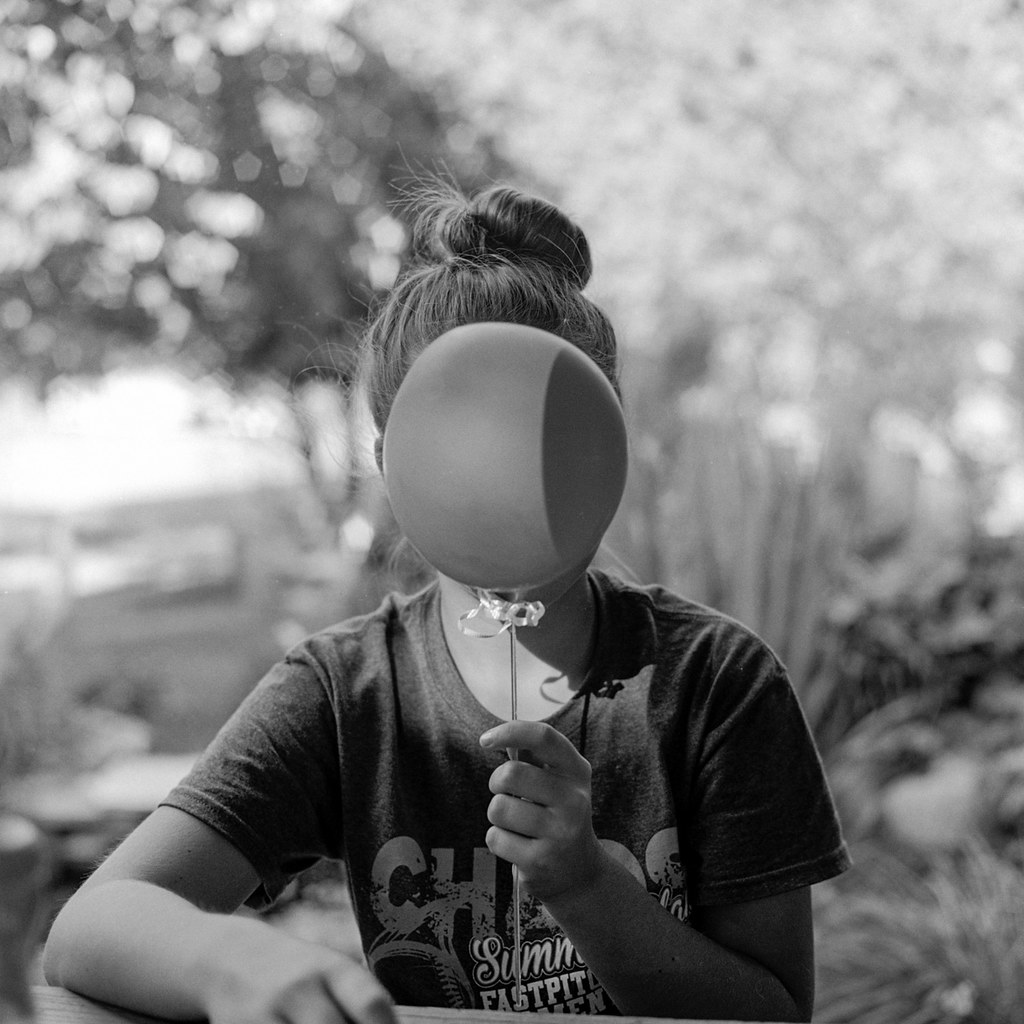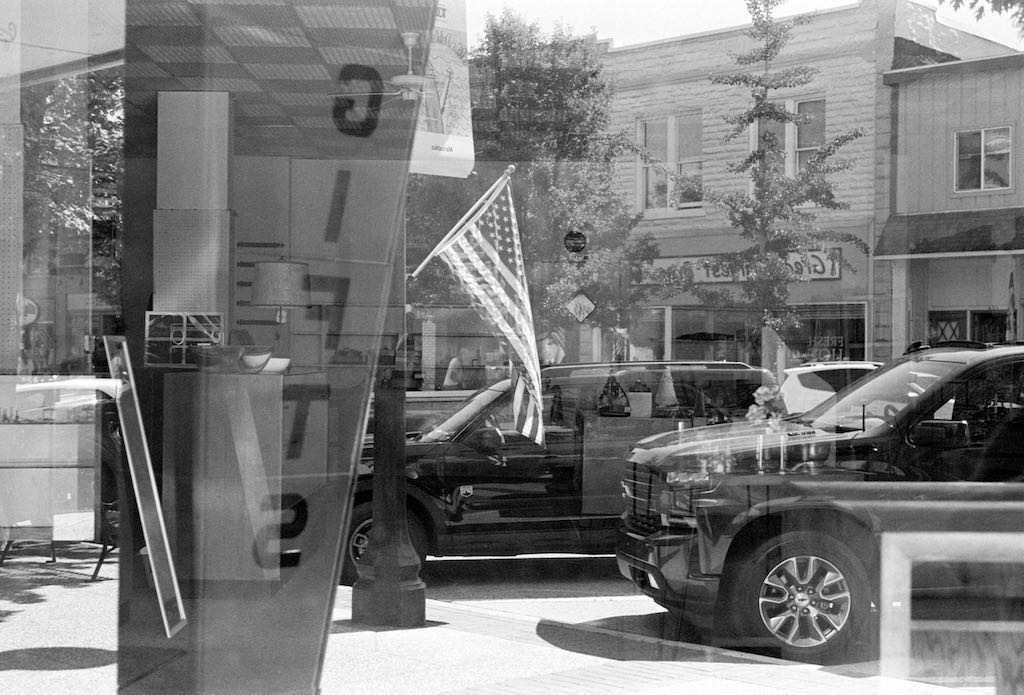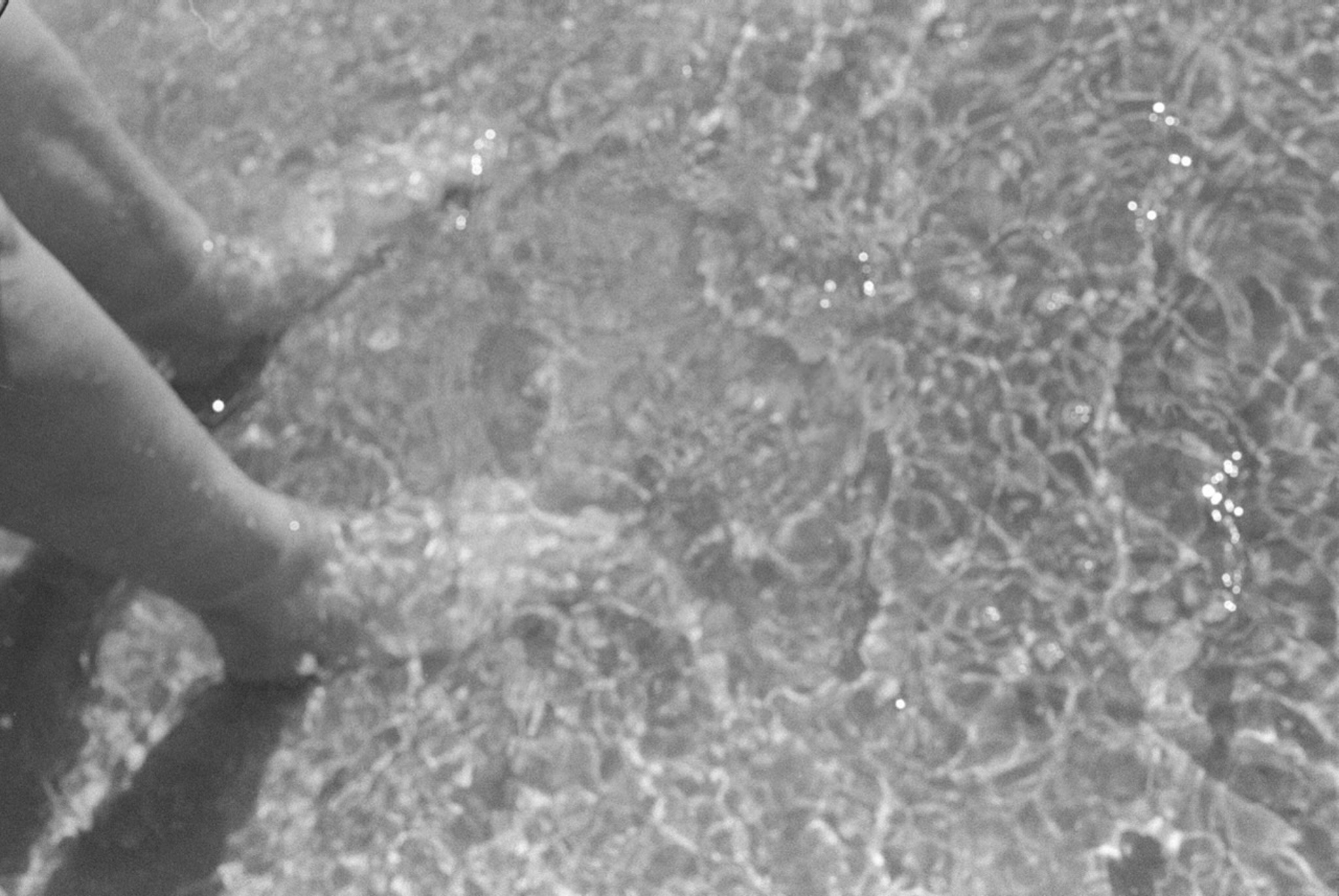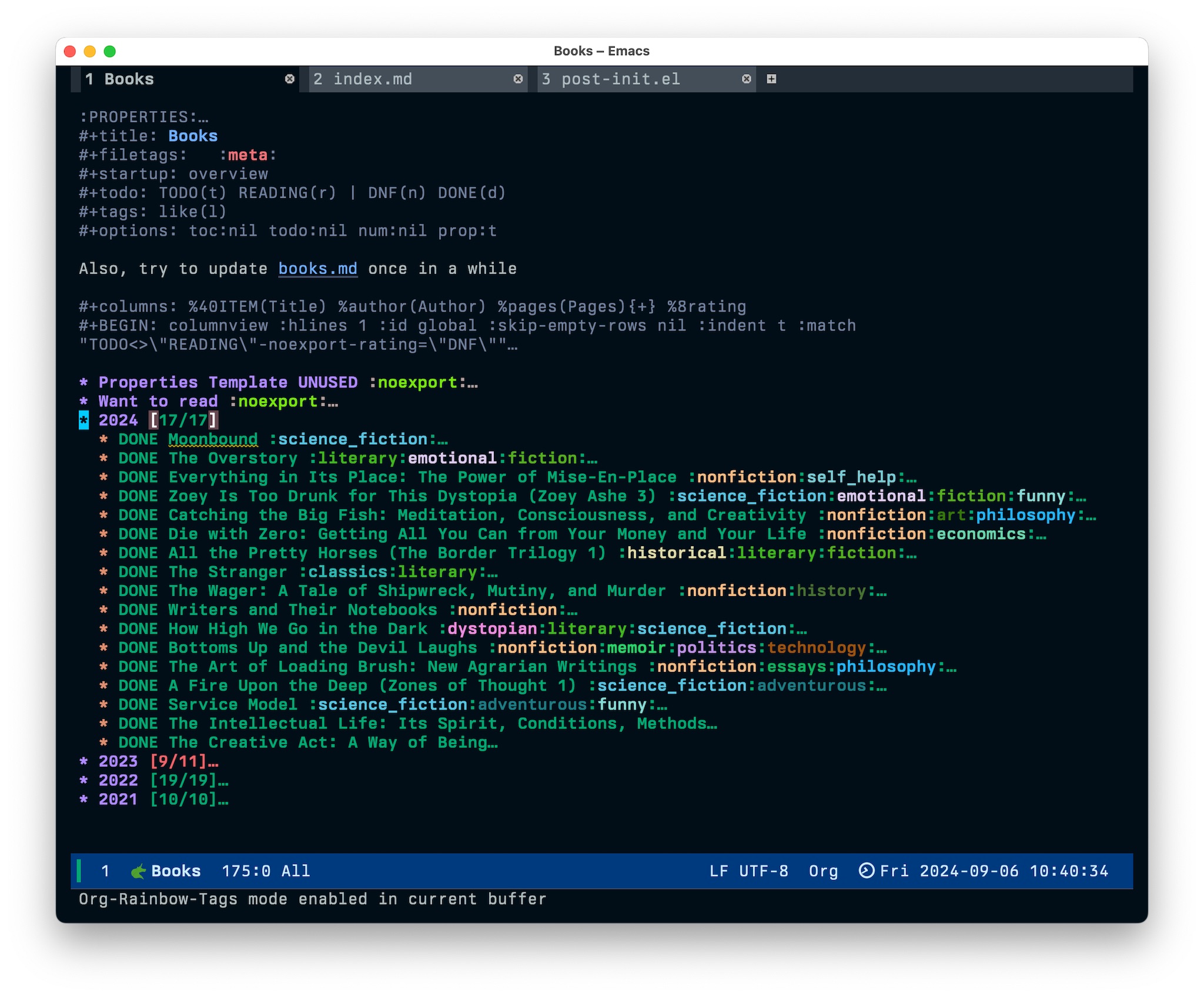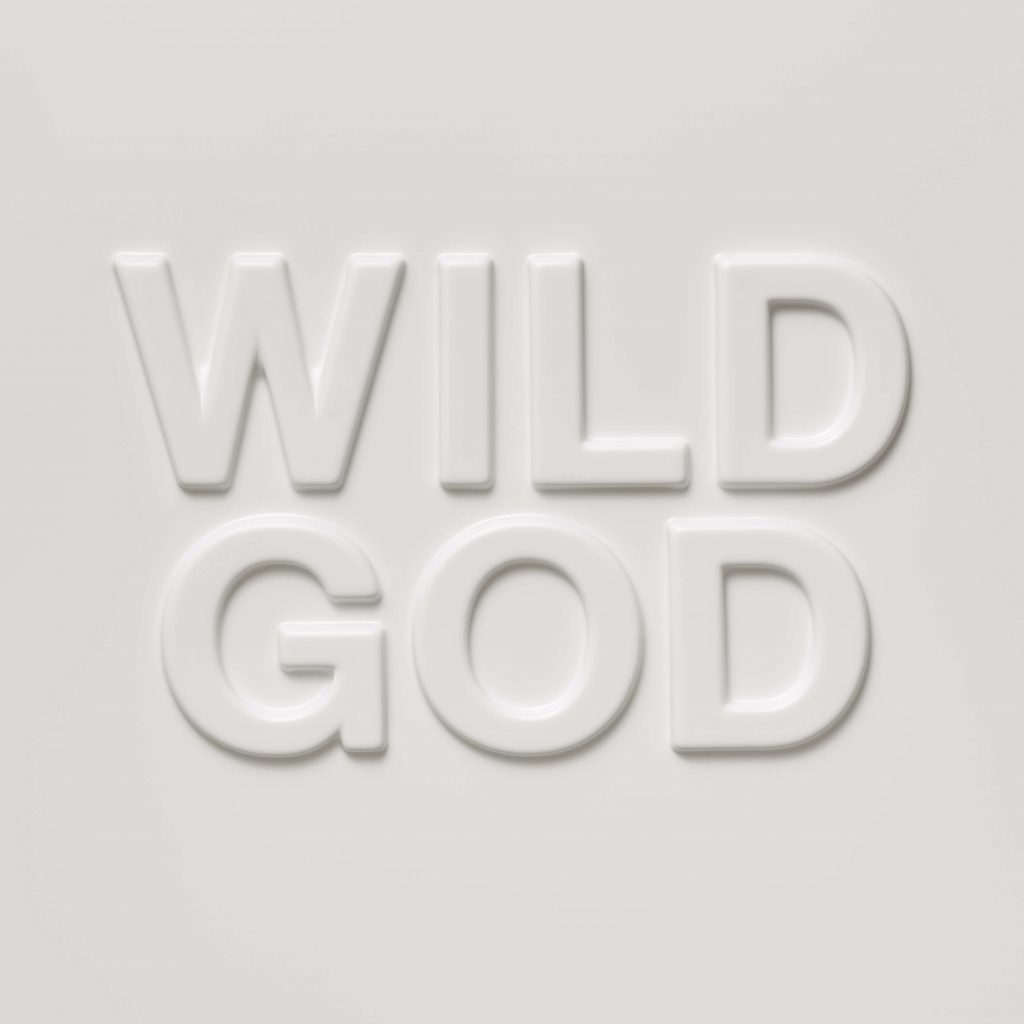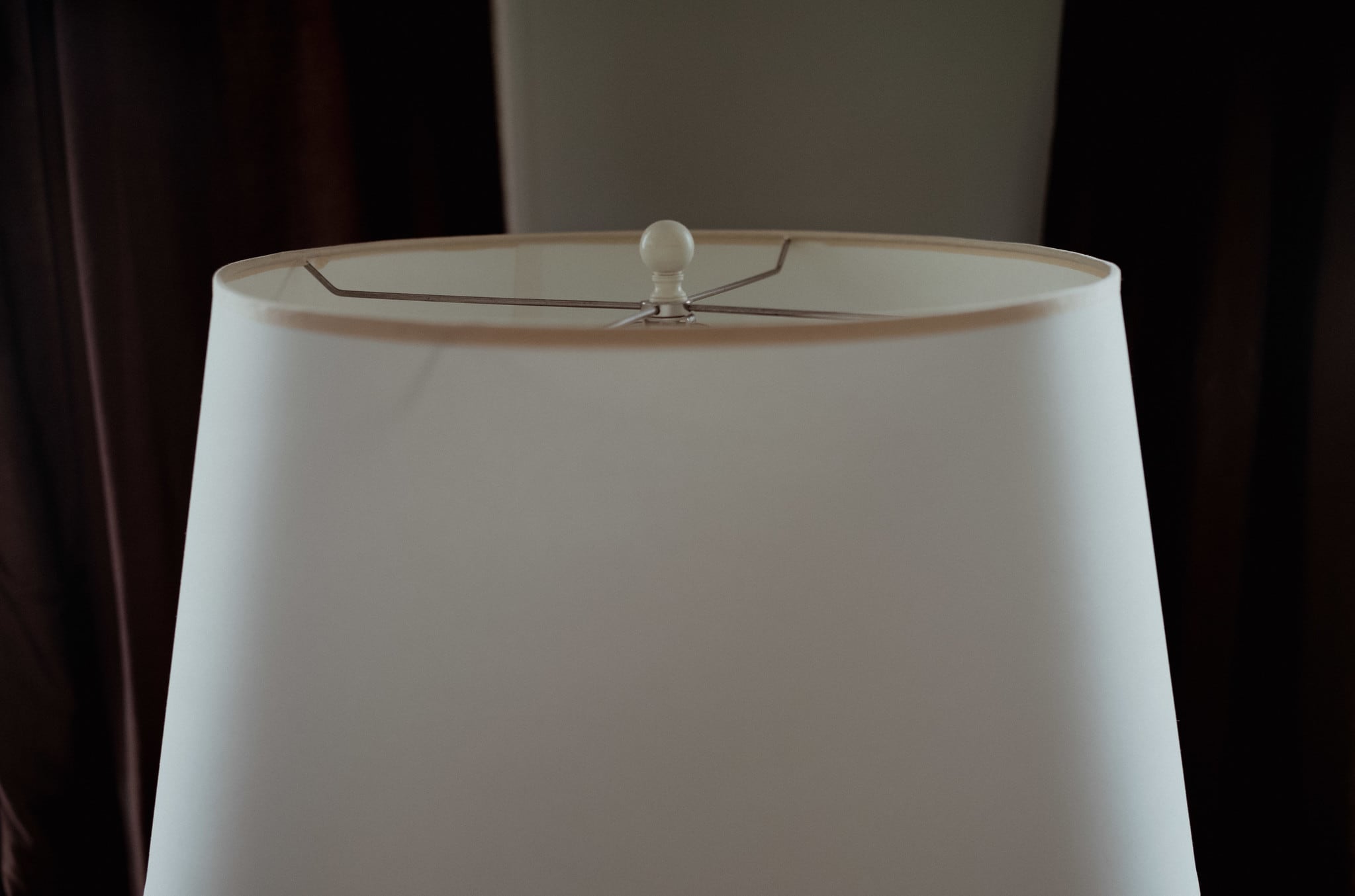
Sunday, September 15, 2024
The smartest thing for me to do would be to double down on using Org Mode for all of my notes and be done with it. I re-installed Logseq last week but haven’t launched it. Today, I downloaded Standard Notes but didn’t even install it. See? I’m getting better! Whenever I read posts raving about Emacs, they focus too much on “efficiently editing text”. I barely care about that and they shouldn’t either. Actual editing comprises about 5% of writing1. Making that tiny slice 20% more efficient adds almost nothing, if you’re looking at the big picture. Efficient editing is fun though, so I’ll give you that. ...
